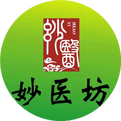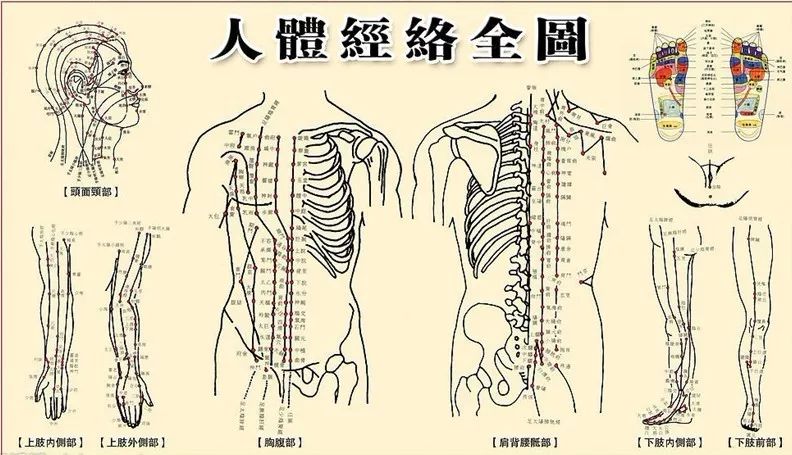
Introduction:
In the novel “The Legend of the Condor Heroes,” there is a dialogue:
Guo Jing happily said: “Master, this is great! It turns out that the Eight Extraordinary Meridians can be opened without the help of others.”
Many martial arts novels mention the “Eight Extraordinary Meridians” because once they are opened, the meridians will be unobstructed, and one’s martial arts abilities can be rapidly enhanced.
So, what exactly are the Eight Extraordinary Meridians? How do they circulate? What functions do they serve? Today, let’s discuss this.
What are the Eight Extraordinary Meridians?
The Eight Extraordinary Meridians are considered “extraordinary” because they are different. They refer to eight meridians outside of the twelve regular meridians (zheng jing), which do not directly connect to the organs and have no interior-exterior relationship, hence the term “extraordinary meridians.”
They include the Ren Mai (Ren Meridian), Du Mai (Du Meridian), Chong Mai (Chong Meridian), Dai Mai (Dai Meridian), Yin Qiao Mai (Yin Heel Meridian), Yang Qiao Mai (Yang Heel Meridian), Yin Wei Mai (Yin Linking Meridian), and Yang Wei Mai (Yang Linking Meridian).
Physiological Characteristics of the Eight Extraordinary Meridians
The physiological characteristics of the Eight Extraordinary Meridians mainly include three points:
1. The Eight Extraordinary Meridians have no direct connection to the organs;
2. There is no interior-exterior relationship among the Eight Extraordinary Meridians;
3. The distribution of the Eight Extraordinary Meridians is not as widespread as that of the twelve regular meridians; there are no distributions of the Eight Extraordinary Meridians in the upper limbs.
Additionally, their pathways differ from those of the twelve regular meridians; except for the Dai Mai, the others circulate from the lower body upwards.
Common Physiological Functions
What are the common physiological functions of the Eight Extraordinary Meridians?
1. Further strengthen the connections between the twelve regular meridians
For example, the Du Mai governs all Yang meridians; the Ren Mai connects all Yin meridians; the Dai Mai restrains the meridians that run vertically. The two Qiao meridians govern the Yin and Yang sides of the body; the two Wei meridians connect the interior and exterior Yin and Yang. Thus, the Eight Extraordinary Meridians further enhance the connections among various parts of the body.
2. Regulate the Qi and blood of the twelve regular meridians
When the Qi of the twelve regular meridians is abundant, it is stored in the Eight Extraordinary Meridians; when the Qi and blood of the twelve regular meridians are insufficient, the Eight Extraordinary Meridians can “overflow” to provide timely supplementation.
3. The Eight Extraordinary Meridians are closely related to the liver, kidneys, and other organs, as well as to the uterus, brain, and marrow, establishing significant physiological and pathological connections among them.
Circulation of the Eight Extraordinary Meridians
Ren Mai

1. Circulation Path
The Ren Mai originates in the uterus, exits at the perineum, ascends along the midline of the abdomen, passes through the throat (Tian Tu point), reaches the inner lower lip, divides to circulate around the lips, intersects with the Du Mai at the Yin Jiao point, and then passes through the sides of the nose, ascending to the lower eye socket (Cheng Qi point), and connects with the Yangming meridian of the foot.
2. Branches
It runs from the uterus through the spine, ascending along the back.
3. Physiological Functions
(1) Regulates the Qi and blood of the Yin meridians, serving as the “sea of Yin meridians”
The Ren Mai circulates along the midline of the abdomen, which is Yin, indicating that the Ren Mai has a governing role over the Qi of all Yin meridians. Additionally, the three Yin meridians of the foot intersect with the Ren Mai in the lower abdomen, and the three Yin meridians of the hand connect with the Ren Mai through the three Yin meridians of the foot, thus the Ren Mai regulates the Qi and blood of the Yin meridians, hence the saying “governs all Yin.”
(2) Regulates menstruation and nourishes the fetus
The Ren Mai originates in the uterus, which has the function of regulating menstruation and promoting female reproductive functions, hence the saying “Ren governs the uterus and fetus.”
Du Mai
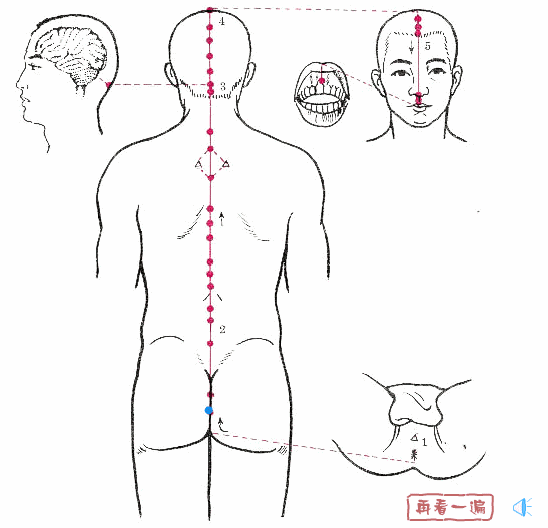
1. Circulation Path
The Du Mai originates in the lower abdomen, exits at the perineum, travels to the tailbone at the Chang Qiang point, ascends along the spine, passes through the neck to the Feng Fu point, enters the brain, belongs to the brain, ascends along the midline of the head to the Bai Hui point, descends through the forehead to the Su Liao point at the tip of the nose, passes through the philtrum, and reaches the Yin Jiao point at the center of the upper teeth.
2. Branches
The first branch originates with the Chong and Ren meridians from the uterus, exits at the perineum, and meets the Qi of the kidney and bladder at the tailbone, running through the spine and belonging to the kidneys.
The second branch ascends directly from the lower abdomen through the navel, reaches the heart, and meets the Chong and Ren meridians at the throat, then descends to the jaw, circulates around the lips, and reaches the center below the eyes.
The third branch originates from the inner corner of the eye, ascends to the forehead, meets at the top of the head, connects with the brain, then exits at the back of the neck, runs along the inner scapula, and reaches the waist, entering the muscles on both sides of the spine, connecting with the kidneys.
3. Physiological Functions
(1) Regulates the Qi and blood of the Yang meridians, serving as the “sea of Yang meridians”
The Du Mai runs along the back of the body, which is Yang, indicating that the Du Mai has a commanding role over the Qi of all Yang meridians. Additionally, all six Yang meridians intersect with the Du Mai at the Da Zhui point, thus the Du Mai regulates the Yang meridians, hence the saying “governs all Yang meridians.”
(2) Reflects the functions of the brain, kidneys, and spinal cord
The Du Mai belongs to the brain and connects with the kidneys. The kidneys produce marrow, and the brain is the sea of marrow. The relationship between the Du Mai, brain, kidneys, and spinal cord is very close.
(3) Governs reproductive functions
The Du Mai connects with the kidneys, which govern reproduction, thus the Du Mai is related to reproductive functions.
Chong Mai
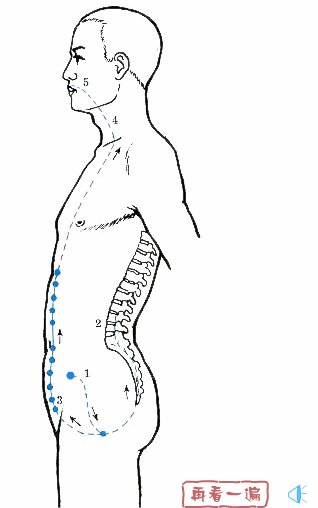
1. Circulation Path
It originates in the uterus, exits at the perineum, and divides into two branches.
The ascending branch (the main part of the Chong Mai) runs along the front wall of the abdomen, near the navel (five fen beside the navel), ascends, connects with the foot Shaoyin meridian, spreads in the chest, then ascends through the throat, and circulates around the lips; the descending branch runs from the perineum down the inner thigh to the space between the big toe.
2. Physiological Functions
(1) Regulates the Qi and blood of the twelve meridians
The Chong Mai ascends to the head and descends to the feet, traversing the entire body, serving as the key point for governing the Qi and blood of all meridians. When the Qi and blood of the meridians and organs are abundant, the Chong Mai can store and retain it; when they are insufficient, the Chong Mai can provide infusion and supplementation to maintain the normal physiological activities of the body’s tissues and organs. Thus, it is known as the “sea of the twelve meridians,” the “sea of the five organs and six bowels,” and the “sea of blood.”
(2) Governs reproductive functions
The Chong Mai originates in the uterus, also known as the “blood chamber” or “sea of blood.” The Chong Mai has a role in regulating menstruation. It is closely related to reproductive functions; for women, “when the Chong Mai is abundant, menstruation occurs regularly, leading to conception.” Conversely, if the Chong Mai is deficient, it can lead to reproductive dysfunction.
(3) Regulates the ascending and descending of Qi mechanisms
The Chong Mai connects with the foot Shaoyin, belongs to the Yangming, and communicates with the Jueyin and Taiyang. The Chong Mai has the function of regulating the ascending and descending of Qi in certain organs (mainly the liver, kidneys, and stomach).
Dai Mai
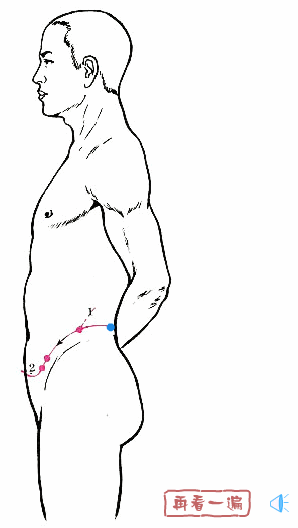
1. Circulation Path
The Dai Mai originates at the lateral costal region, descends obliquely, intersects with the Dai Mai point of the foot Shaoyang gallbladder meridian, encircles the body, and then descends obliquely along the upper edge of the hip bone to the lower abdomen.
2. Physiological Functions
It restrains the vertical flow of the various meridians and governs women’s leukorrhea.
Yin Qiao Mai
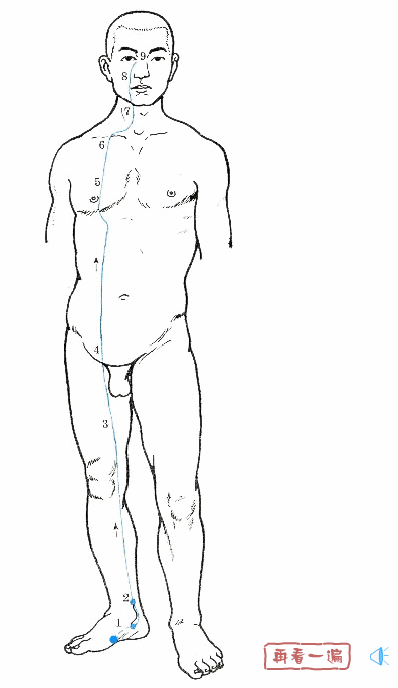
1. Circulation Path
The Yin Qiao Mai originates at the inner side of the heel from the foot Shaoyin meridian’s Zhaohai point, ascends through the inner ankle, along the inner side of the thigh, enters the anterior genital area, ascends along the abdominal front, reaches the chest, enters the Xue Pen, ascends beside the Adam’s apple to the Ren Mai’s Tian Tu point, and reaches the side of the nose, connecting with the inner corner of the eye, and ascending with the foot Taiyang and Yang Qiao Mai.
2. Physiological Functions
It controls the opening and closing of the eyes and the movement of the muscles.
Yang Qiao Mai
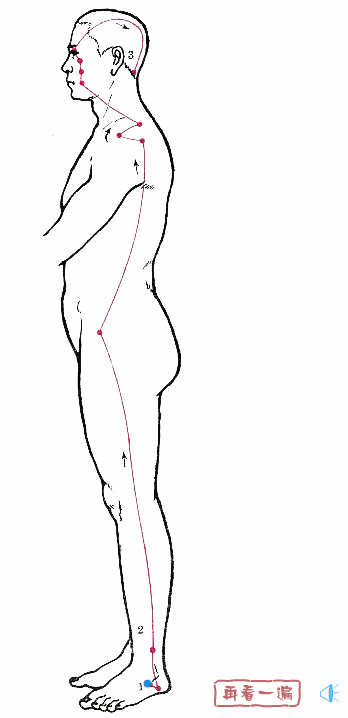
1. Circulation Path
The Yang Qiao Mai originates at the outer side of the heel from the foot Taiyang meridian’s Shen Mai point, ascends along the outer ankle, travels up the outer side of the lower limb to the abdomen, along the back outer side of the chest, through the shoulder, neck, and beside the mouth, reaching the inner corner of the eye. It connects with the foot Taiyang and Yin Qiao Mai, then ascends along the foot Taiyang to meet the foot Shaoyang at the Feng Chi point behind the neck.
2. Physiological Functions
It controls the opening and closing of the eyes and muscle movement.
Yin Wei Mai
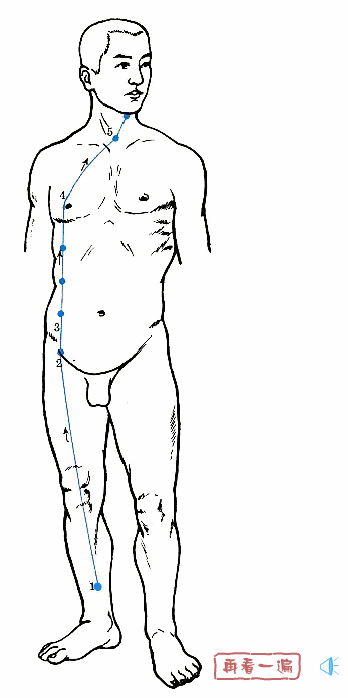
1. Circulation Path
The Yin Wei Mai originates at the five cun above the inner ankle from the foot Shaoyin meridian’s Zhu Bin point, ascends along the inner side of the lower limb, reaches the abdomen, travels with the foot Taiyin spleen meridian to the lateral costal region, connects with the foot Jueyin liver meridian, ascends to intersect with the Ren Mai’s Tian Tu point, and terminates at the Lian Quan point in the throat.
2. Physiological Functions
The term “Wei” in Wei Mai means to connect and link. The Yin Wei has the function of linking the Yin meridians.
Yang Wei Mai

1. Circulation Path
The Yang Wei Mai originates at the Jin Men point of the foot Taiyang, passes over the outer ankle, ascends along the outer side of the lower limb, travels through the back outer side of the torso, from the back of the armpit to the shoulder, neck, and ear, moving forward to the forehead, distributing along the side of the head and back of the neck, connecting with the Du Mai.
2. Physiological Functions:It links the Yang meridians.
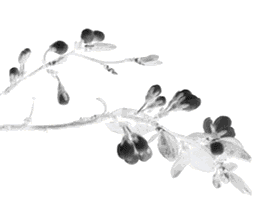

Long press the QR code to follow us

